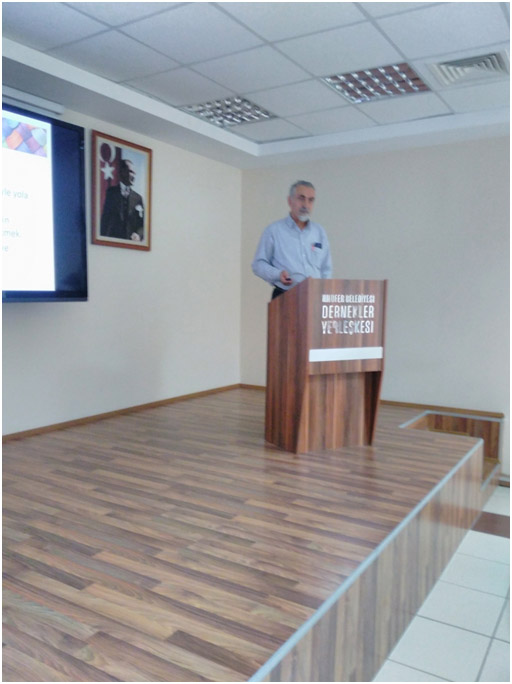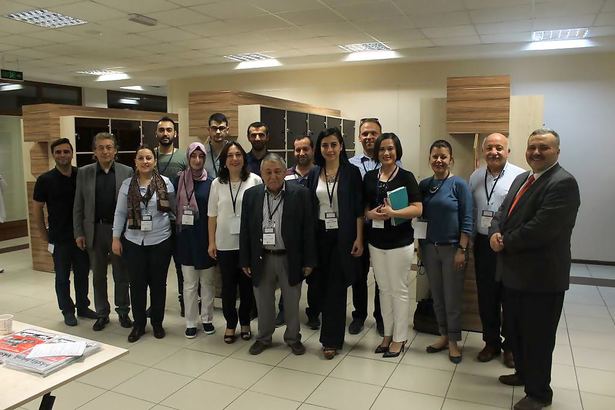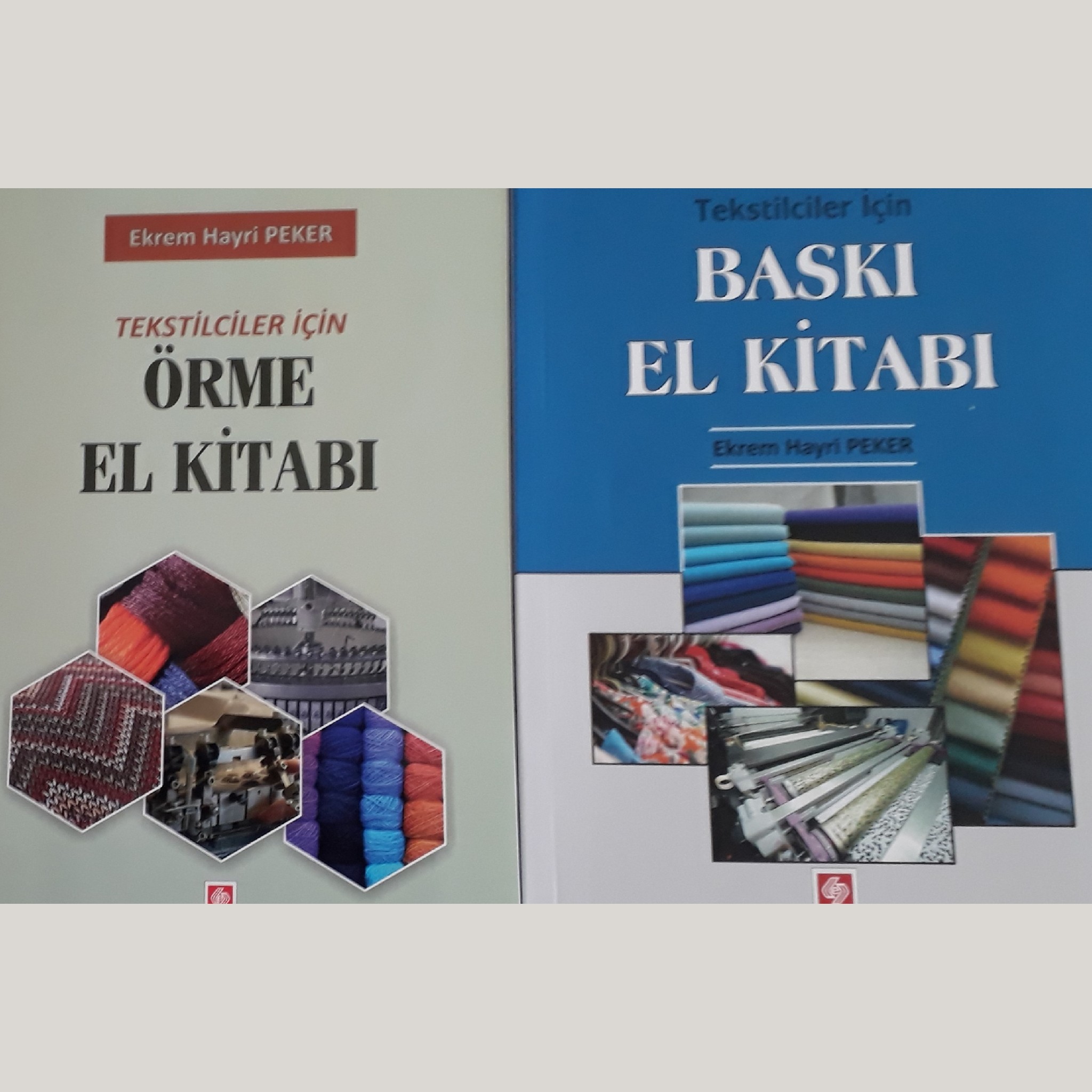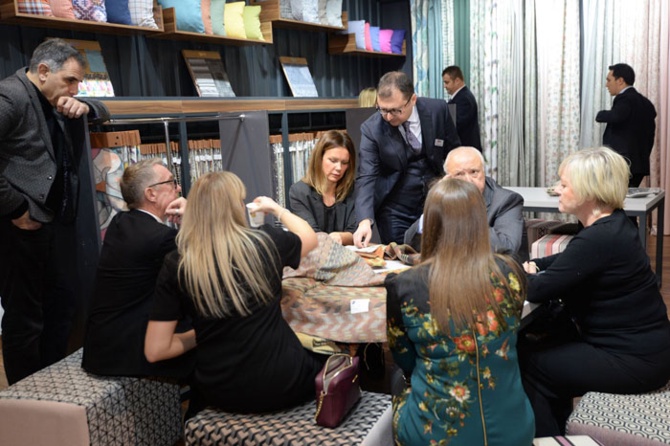Knitting fabric production has shown huge development on last twenty years. Knitting machines usage process begins previously only on underwear production, then on T-shirt and cotton fabric production, from there to home textile sector with more bigger machines that can knit haze fabrics. Any defect on dyed and printed fabrics that are for sewing cause us to throw the fabric to waste. Naturally cost of dyed or printed fabric is more than raw fabric.
The most seen errors on knitted fabrics are hole, rupture and needle signs. On a 20 kg roll maximum defect must be; with cotton fiber knitting 3-4, with carded fiber knitting 5-6 numbers on fabric.
We can load errors of fabric to computer with codes. If we give examples to meanings and shown to errors codes;
Roll no No of roll that is weighted.
Date Date of Weighing
HPF number of small holes on fabric.
RPT rupture (holes bigger than)
OTR Other (3 or 4 piece oil stains on drop shape)
NDL 1 Needle 1 (Defects cause of fault needle)
THK 1 Thick 1 (1 meter or more length defects)
THK 2 Thick 2 (Defects that continued by Thick fiber)
THN 1 Thin 1 (break of lycra)
Quality Control Standards used on Circular Knitting Cotton Fabrics
Fabric Defects
1- Vertical May Leak: The lack of Vertical Wale.
2- Horizontal May Leak: The lack of horizontal wale.
3- Hole: defect that seen by the lack of loop
4- Needle Space: Loops that are deformed.
5- Fabric Fall: Deformation that seen when a group of needles are not working on circular knitting.
6- Floss: Error that comes by friction between fiber and hard-thick pieces.
7- Rupture: More than 10 cm Diameter big knitting blank space.
8- Cut: Beginnings of rolls on one roll.
9- Lycra Break: Error because of Lycra on knitting.
10- Vertical Needle and Platinum Track: Knitting error that deform fabric.
11- Continuous Oil Stains: On roll vertical or horizontal one or more oil stains.
12- Fabric Cracks: On fabrics because of Rolling, storage or transportation errors that makes physical cracks.
13- Report Error: Errors that fabric report is not execute rightly.
14- Fold Signs: Fabrics that rolled may have signs and stains on edges of folds. When fabric opens, these errors can be seen on fold places.
Thread Deflects
1- Bonito: approximately 10 mm length, on fish shape thread gathering. On cotton color, stained, oiled can be.
2- Thin Thread: Places that thread nominal count is %50 more thin. On fabrics seen as knit thinning or thread break shape. On quality control worker must detect and must make count.
3- Thick Thread: Places that thread nominal count is %50 more thick. On roll it is as horizontal thick stitch. It cannot be seen while machine is working. On quality control it must be detected and counted.
4- Transverse Band: It can be because of no of Thread, difference of uster, paraffin or centering problems on knitting machine. On fabrics horizontally 1 cm or more thick lighter or darker areas will be seen. It can be detect while machine is working.
5- Foreign Fibers: While yarn production or on knitting area by floss it can be mixed to fiber. These flosses can be in different colors. It cannot be seen while machine is working. On quality control it must be detected and counted.
6- Core (Black Points): Cause of Thread. Not possible to count. On quality control it must be detected and counted.
7- Abraj of Thread: Circular tracks on horizontal way cause of thread. Physical difference on one or more thread can cause this defect.
8- Thread Pass: On many thread used fabrics, it is defect of any thread has changed surface.
Defects Cause of Knitting Machine
1- Oil Stain: On fabric can be like drop shape as horizontal or vertical line. These are water soluble needle oil that used on machine. It can be detected while machines are working. On quality control it must be detected and counted.
2- Bird Eye: From not good working needle undesired bending is appeared. Generally two small defected loops are next to each other.
3- Loop Lapse: Result of not good working needle or of winding machine. Holes or loop lapses are appeared.
4- Stop Track: Vertical track seen on fabric that is result of stops of knitting machine.
5- Machine based Band Track: periodic continued circular tracks result of setting error on circular knitting machine or machine based problems.
To prevent these defects my advice is to have precautions. First of all yarn quality must be good.
Other than that from fabric defects sample sheets will be done, workers must be trained for defects. Rolls are never be cut from defects areas, new roll beginnings are started inside roll. More roll beginnings means more sewing waste and means more cut waste cause of not right measurement. Increase of waste leads to short of ordered sizes, additional dyeing for missing sizes, evenly to cancel of total orders.
For this raw pre-dyed material control must be made good, for short of pieces planned dyed fabric must be increased.
Ekrem Hayri Peker / Chemical Engineer













